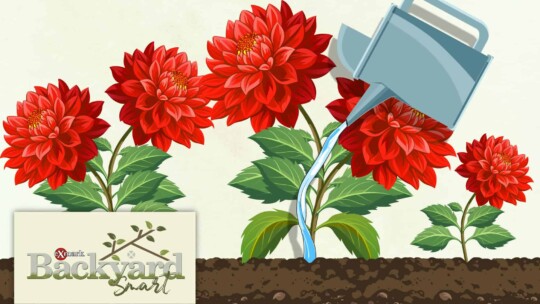Whether they’re used to prevent summer plant growth from overrunning your lawn, or to take your hedge beauty up a notch, pruning is a yard care necessity. Join landscape designer Doug Scott as he explains how to select the right pruning tool for your next job.
Types of Pruning Tools
- Bypass Pruners (also known as hand pruners or pruning shears) work much like a set of heavy-duty scissors. These are useful for most basic yard pruning.
- Anvil-style shears have only one sharp blade that closes against a flat, wide blade. These are much like a knife chopping against a cutting board.
- Loppers require both hands to use and can cut branches that measure from half an inch to two inches in diameter. They have long handles to increase cutting power and decrease the arm strength required. The two most common types of loppers are bypass and anvil. Bypass models use a one-sided blade that slices past a thick base, where anvil models have a dual-sided blade that slices to the center of the fat, lower base to complete the cut.
- Pruning saws have a medium-length blade, which is either straight or curved, attached to a secure handle. Sometimes, the handle is also curved, allowing for a better angle to cut curved and thick branches.
Selecting the Right Pruning Tool for the Job
- Opt for bypass-style pruning shears to keep living stems from being crushed, or to get into tight spots for close, precise cuts.
- Purchase the best pruning shears you can afford, as a high-quality set that is well-cared for can be a lifetime investment for the average homeowner.
- If you need to make more precise cuts on smaller, living branches, go with bypass loppers. For cutting larger branches or dead wood, anvil loppers are a more powerful—albeit, less precise—option.
- If you’re trimming branches larger than two inches in diameter, a pruning saw is the best tool to choose.
- Always wear appropriate safety eyewear and sturdy work gloves, and clean and dry your tools thoroughly once pruning has been completed.



